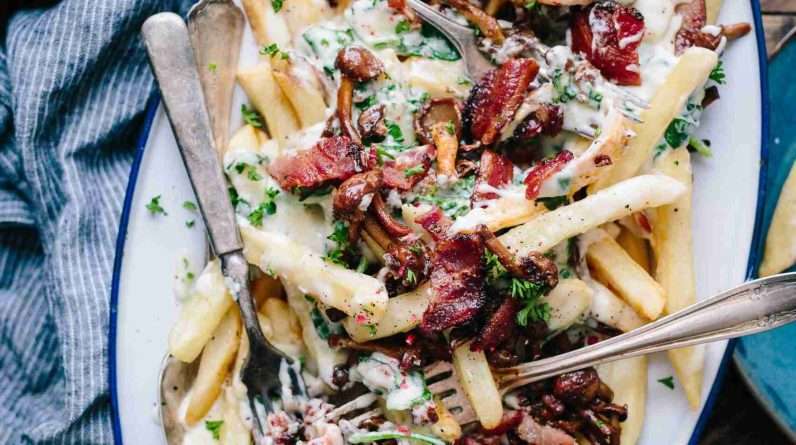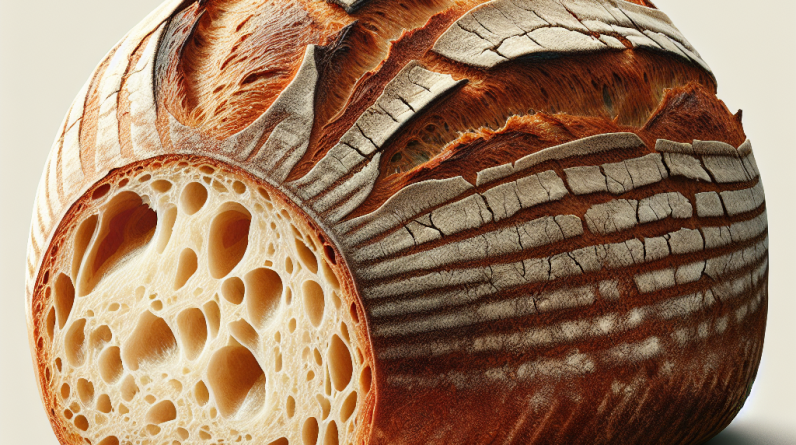Let us take you on a culinary journey to the heart of Italy as we unravel the secrets behind the process of creating a mouthwatering traditional Italian ragù sauce for pasta. This cherished sauce has been passed down through generations, with each family adding their own personal touch. From the carefully selected ingredients to the slow and methodical cooking process, every step plays a vital role in achieving the rich flavors and velvety texture that make this sauce truly irresistible. So put on your apron, sharpen your knives, and get ready to embark on a culinary adventure that will leave your taste buds tingling with delight.
Ingredients for a Traditional Italian Ragù Sauce
Meat
One of the key ingredients in a traditional Italian ragù sauce is meat. The most commonly used meats are ground beef, pork, and veal. These meats add a rich and hearty flavor to the sauce. Some recipes also call for the inclusion of pancetta or Italian sausage, which further enhance the depth of flavor.
Vegetables
Vegetables play a crucial role in adding freshness and complexity to the ragù sauce. The traditional vegetables used in this sauce include onions, carrots, and celery. These aromatic vegetables are finely chopped and sautéed to release their natural flavors and sweetness.
Tomato Products
Tomato products are another essential component of a traditional Italian ragù sauce. The most common tomato product used is canned crushed tomatoes or tomato puree. These provide a rich and tangy base for the sauce. Additionally, some recipes call for the inclusion of tomato paste to enhance the tomato flavor and thicken the sauce.
Herbs and Spices
To elevate the flavors of the ragù sauce, a combination of herbs and spices is used. Common herbs include basil, oregano, and thyme, adding a fragrant and aromatic note. Spices such as garlic, salt, and pepper are also used to season the sauce and enhance its overall taste.
Other Ingredients
Several other ingredients can be added to customize the traditional ragù sauce. Some recipes call for the inclusion of red wine, which adds richness and depth to the sauce. Additionally, a small amount of sugar can be added to balance the acidity of the tomatoes. Finally, a splash of heavy cream or milk may be used to round out the flavors and create a silky texture.
Preparation
Chopping the Vegetables
To begin the preparation of a traditional Italian ragù sauce, the vegetables need to be finely chopped. The onions, carrots, and celery should be diced into small, uniform pieces. This allows the vegetables to cook evenly and infuse their flavors into the sauce.
Preparing the Meat
If using ground meat, it should be seasoned with salt and pepper before cooking. In a separate pan, the pancetta or Italian sausage can be browned to render its flavorful fat. Once cooked, the excess fat should be drained off before adding the meat to the sauce.
Sautéing the Vegetables and Meat
In a large saucepan or Dutch oven, heat some olive oil over medium heat. Add the chopped vegetables and sauté until they become soft and translucent. This process helps to release their natural flavors. Once the vegetables are cooked, the seasoned ground meat can be added to the pan. Brown the meat, breaking it up with a wooden spoon or spatula until it is cooked through.
Adding the Tomato Products
Once the meat is cooked, it’s time to add the tomato products to the sauce. Pour in the crushed tomatoes or tomato puree, and if using, add the tomato paste as well. Stir everything together to ensure the ingredients are well combined. At this point, if desired, red wine can be added to further enhance the flavors of the sauce.
Simmering the Sauce
After adding the tomato products and any additional ingredients, lower the heat to a gentle simmer. Cover the saucepan partially and allow the sauce to simmer for at least one hour, but preferably longer. This slow cooking process allows the flavors to meld together and intensify. Stir the sauce occasionally to prevent it from sticking to the bottom of the pan.

Cooking Techniques
Sautéing
Sautéing is an essential cooking technique used in the preparation of a traditional Italian ragù sauce. It involves cooking the vegetables and meat in a small amount of oil or fat over medium heat. Sautéing allows the ingredients to caramelize, releasing their natural flavors and adding depth to the sauce.
Simmering
Simmering is the cooking technique used to gently cook the ragù sauce over low heat for an extended period. It allows the flavors to develop and the ingredients to meld together. Simmering the sauce ensures that it reaches its full potential, resulting in a rich and flavorful finished product.
Braising
Braising is another cooking technique that can be used when making a ragù sauce. It involves browning the meat and vegetables initially, and then slowly cooking them in a flavorful liquid, such as red wine or broth, over low heat. This technique further enhances the tenderness and richness of the meat. While not as common as sautéing and simmering, braising can add a unique touch to the sauce.
Tips and Variations
Slow-Cooking for Enhanced Flavor
For the most flavorful ragù sauce, consider slow-cooking the sauce for an extended period. This can be done by transferring the sauce to a slow cooker or by continuing to simmer it on the stovetop for several hours. Slow-cooking allows the flavors to develop and intensify, resulting in a deeply satisfying sauce.
White Ragu Variation
While the traditional Italian ragù sauce is made with tomatoes, a white ragù variation can be equally delicious. To make a white ragù, omit the tomato products and focus on cooking the meat and vegetables in a flavorful liquid such as white wine, chicken broth, or cream. This variation creates a rich and creamy sauce that pairs well with pasta or polenta.
Serving Suggestions
A traditional Italian ragù sauce is most commonly served with pasta, such as tagliatelle or pappardelle. The rich, meaty sauce clings wonderfully to the long strands of pasta, creating a comforting and satisfying meal. However, the sauce can also be served with polenta, mashed potatoes, or even as a topping for toasted bread.

Storing and Reheating
Storing Leftover Sauce
If you have leftover ragù sauce, allow it to cool completely before transferring it to an airtight container. Store it in the refrigerator and consume within 3-4 days. The sauce may thicken slightly upon cooling but can be easily reheated.
Freezing the Sauce
Ragù sauce freezes exceptionally well, making it a convenient option for meal planning. Once the sauce has cooled completely, transfer it to a freezer-safe container or resealable freezer bag. Label the container with the date and freeze for up to 3 months. Thaw the sauce in the refrigerator overnight before reheating.
Reheating the Sauce
To reheat the ragù sauce, simply transfer it to a saucepan and heat over low heat until warmed through. Stir the sauce occasionally to ensure even heating. If the sauce is too thick, it can be thinned out with a little water or broth. Once reheated, serve the ragù sauce as desired and enjoy its comforting flavors once again.
With these ingredients, preparation steps, cooking techniques, and tips in mind, you can now confidently embark on creating your own traditional Italian ragù sauce. Whether enjoyed with pasta, polenta, or any other accompaniment of your choice, this rich and flavorful sauce is sure to impress and delight your taste buds. Buon appetito!










